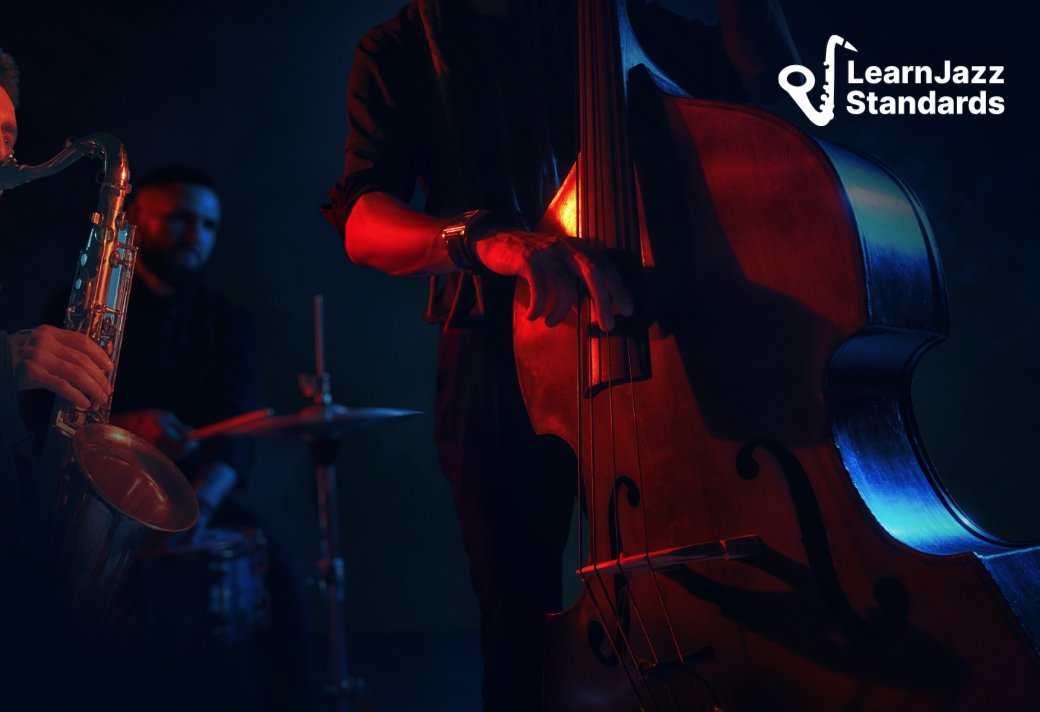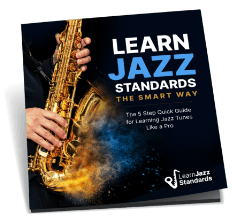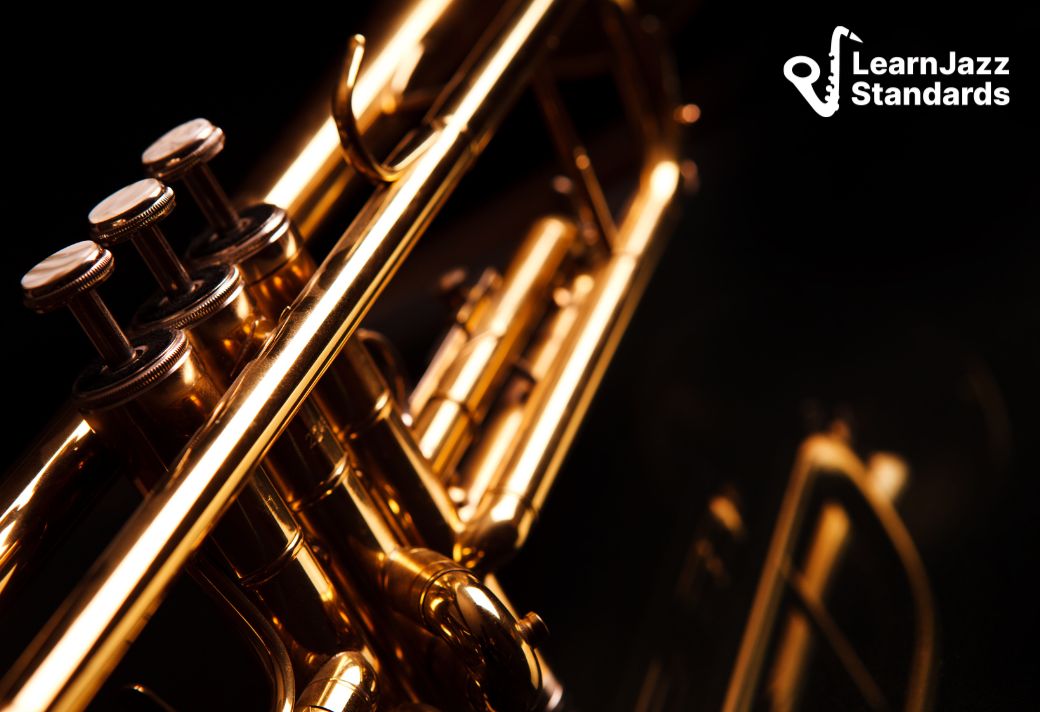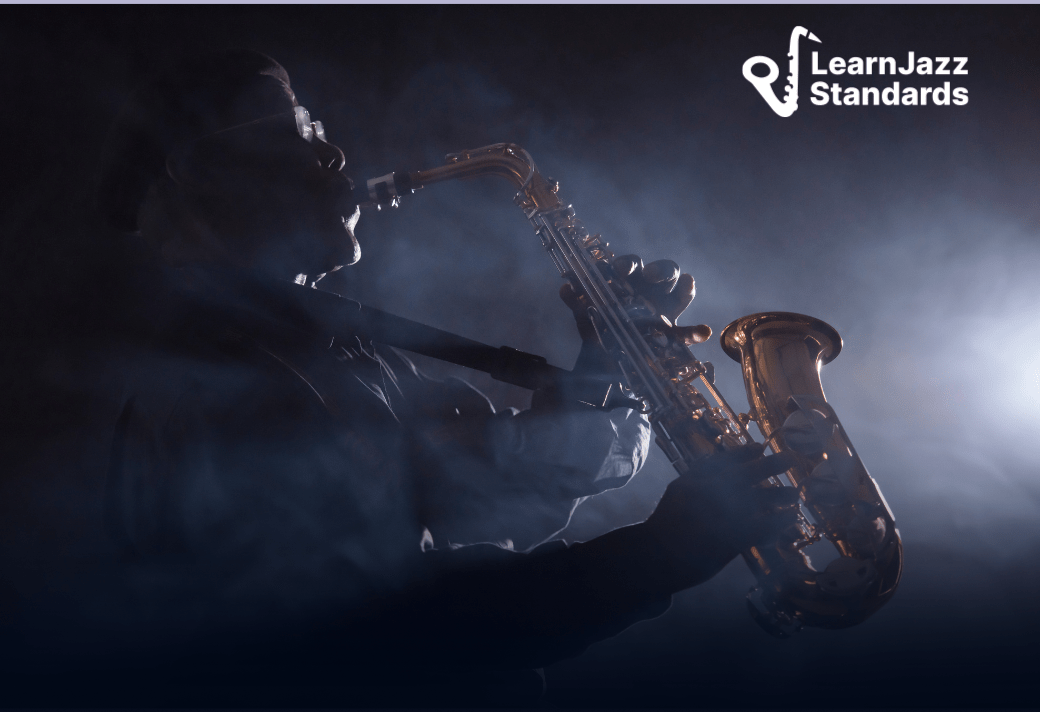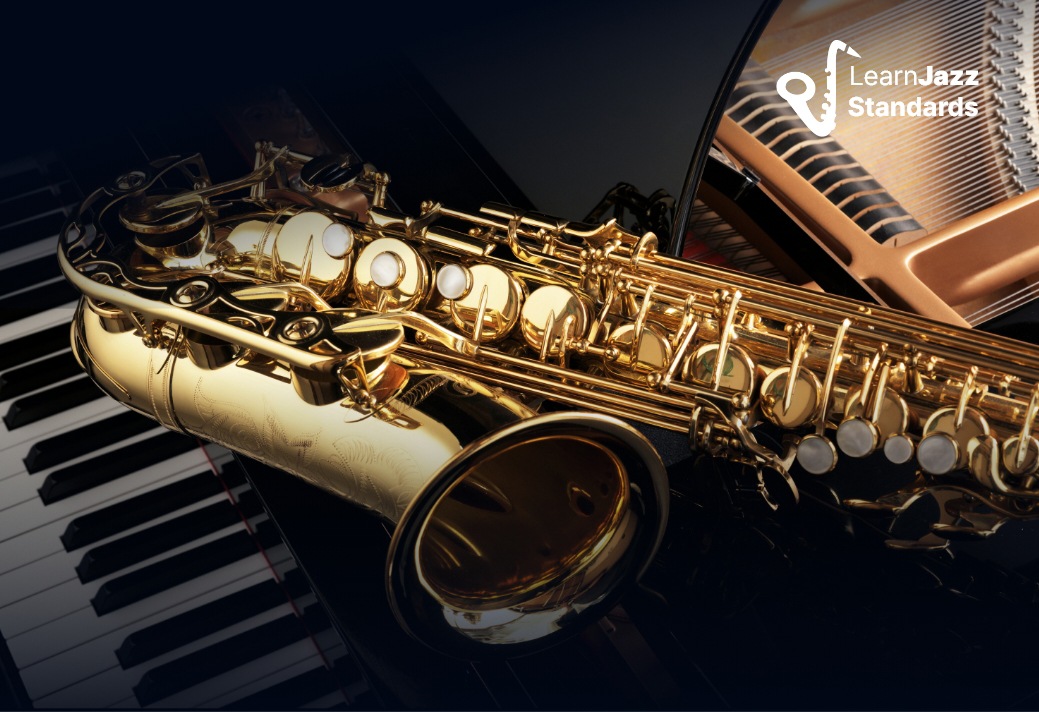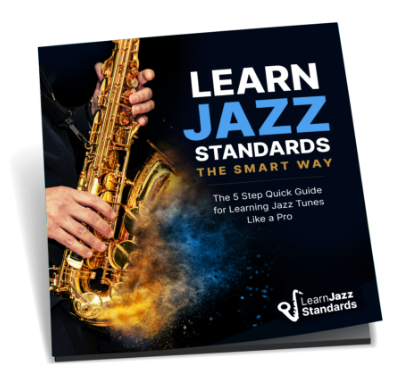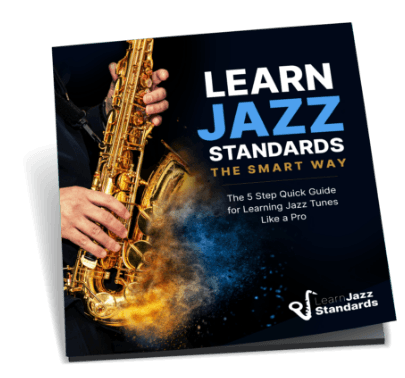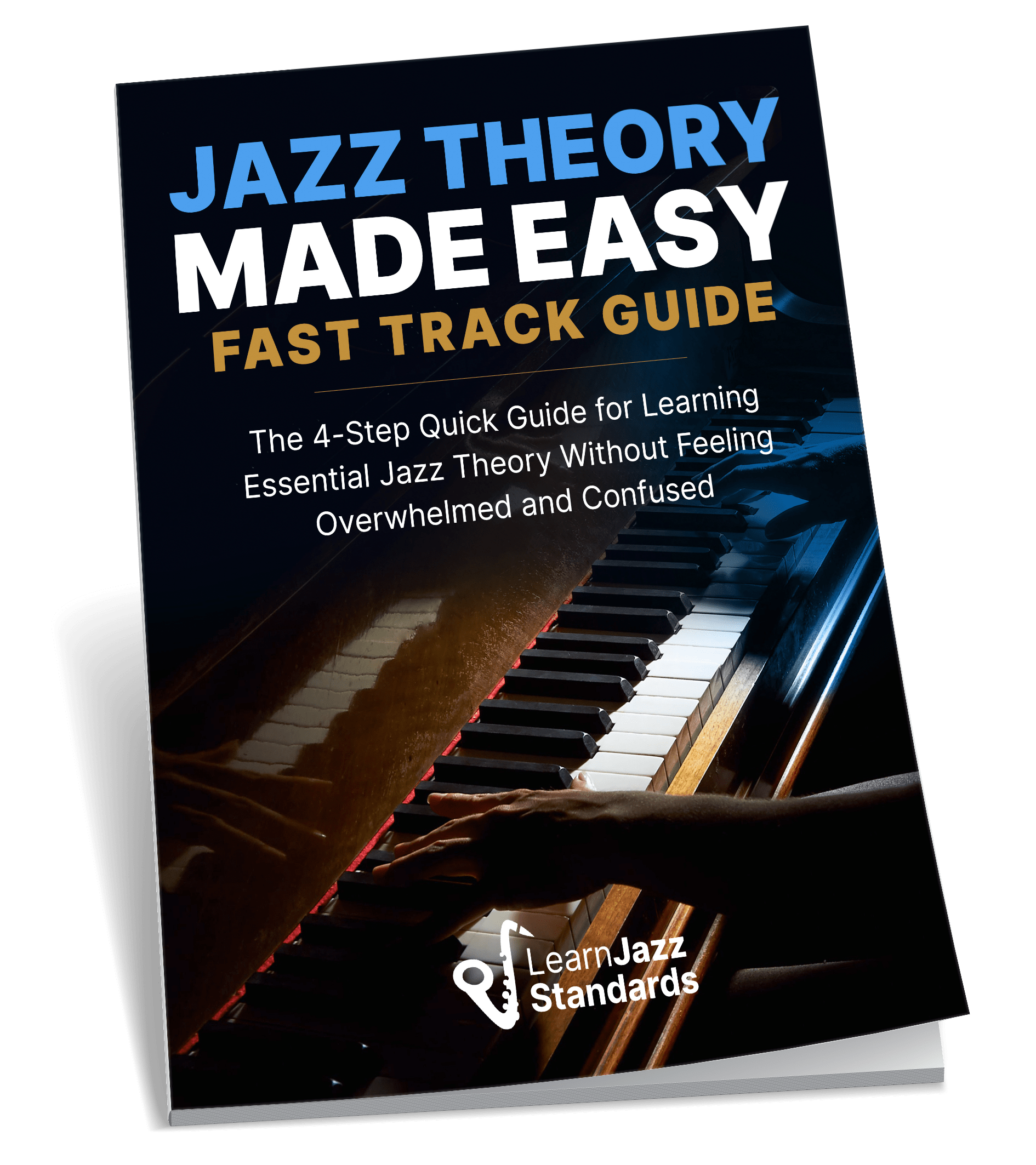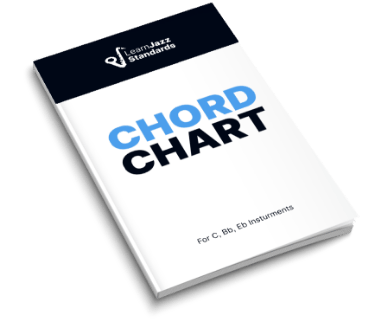Hard Bop is an important subgenre of jazz and a highly influential period in jazz history that saw the ascendency of many iconic jazz musicians and gave rise to legendary jazz albums that still hold sway over the jazz world today.
But what makes the Hard Bop style so Hard Bop, for lack of a better term? Where does the Hard Bop style fit into the greater landscape of jazz history? Who were the key players and groups who solidified Hard Bop as a bona fide jazz style?
In this article, we’ll answer these questions and more! We’ll cover—
- Hard Bop’s roots and its reactionary nature
- The characteristics that made Hard Bop distinct from previous and contemporary jazz genres
- The key Hard Bop players
- The styles that evolved out of Hard Bop
- Plus, 15 essential Hard Bop albums you need to hear!
If you love jazz but feel stuck when learning it in the practice room, check out the Learn Jazz Standards Inner Circle. The Inner Circle helps you cut out all the noise and focus on what makes you a better player and stronger musician.
Improve in 30 Days or Less. Join the Inner Circle.
Table of Contents
The Jazz Landscape Before Hard Bop
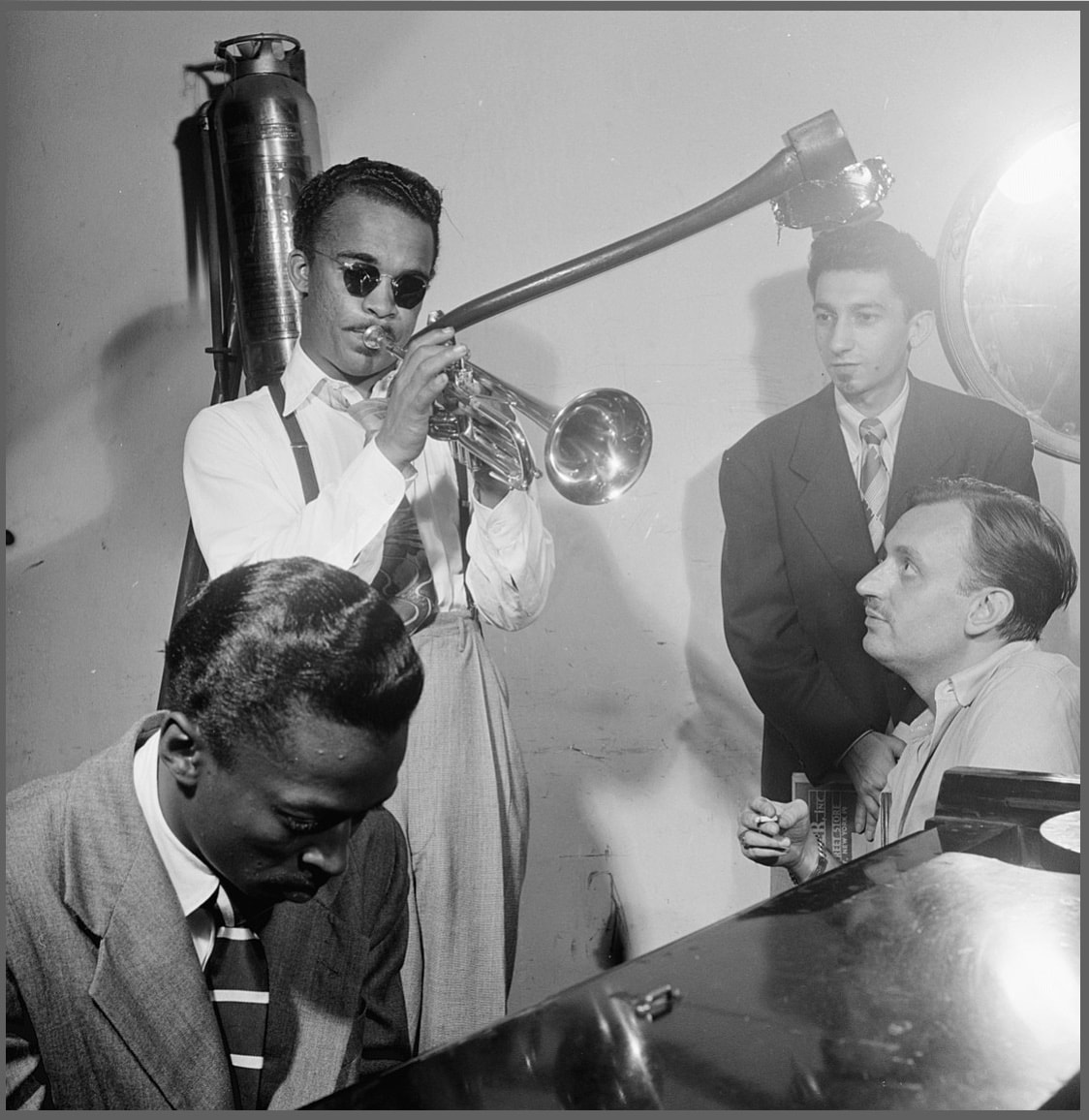
image source: Wikimedia Commons
To better appreciate Hard Bop’s place in jazz history, we must understand the eras that preceded it.
Before Hard Bop’s emergence in the 1950s, jazz had undergone significant transformations since the early days of hot jazz in the 1920s! By the 1930s, dance bands, and jazz orchestras were all the rage! This was the era when the Duke Ellington Orchestra and other jazz big bands reigned supreme.
However, by the 1940s, a new artist-centered jazz style emerged. Unlike the Swing Era of the 1930s, the Bebop Era featured small ensembles and prioritized harmonic complexity, rapid tempos, and virtuostic improvisation.
Bebop, helmed by jazz legends like Charlie Parker, Dizzy Gillespie, and Thelonious Monk, moved jazz away from the swing era’s danceable big band arrangements into a more musically and technically demanding and expressive art form.
Check out this article to learn more about jazz legends like Charlie Parker, Dizzy Gilespie, and Thelonius Monk.
East Coast Reaction to West Coast Jazz
In the early 1950s, Cool Jazz—a lighter, smoother, and more lyrical jazz style—emerged on the West Coast. West Coast jazz was more relaxed and had a chiller aesthetic than the fast turbulence of Bebop.
Jazz musicians like Gerry Mulligan, Chet Baker, and Dave Brubeck helped popularize the Cool Jazz movement. This movement seemed more polished and reserved than traditional Bebop, but it lacked Bebop’s drive and energy.
Cue Hard Bop!
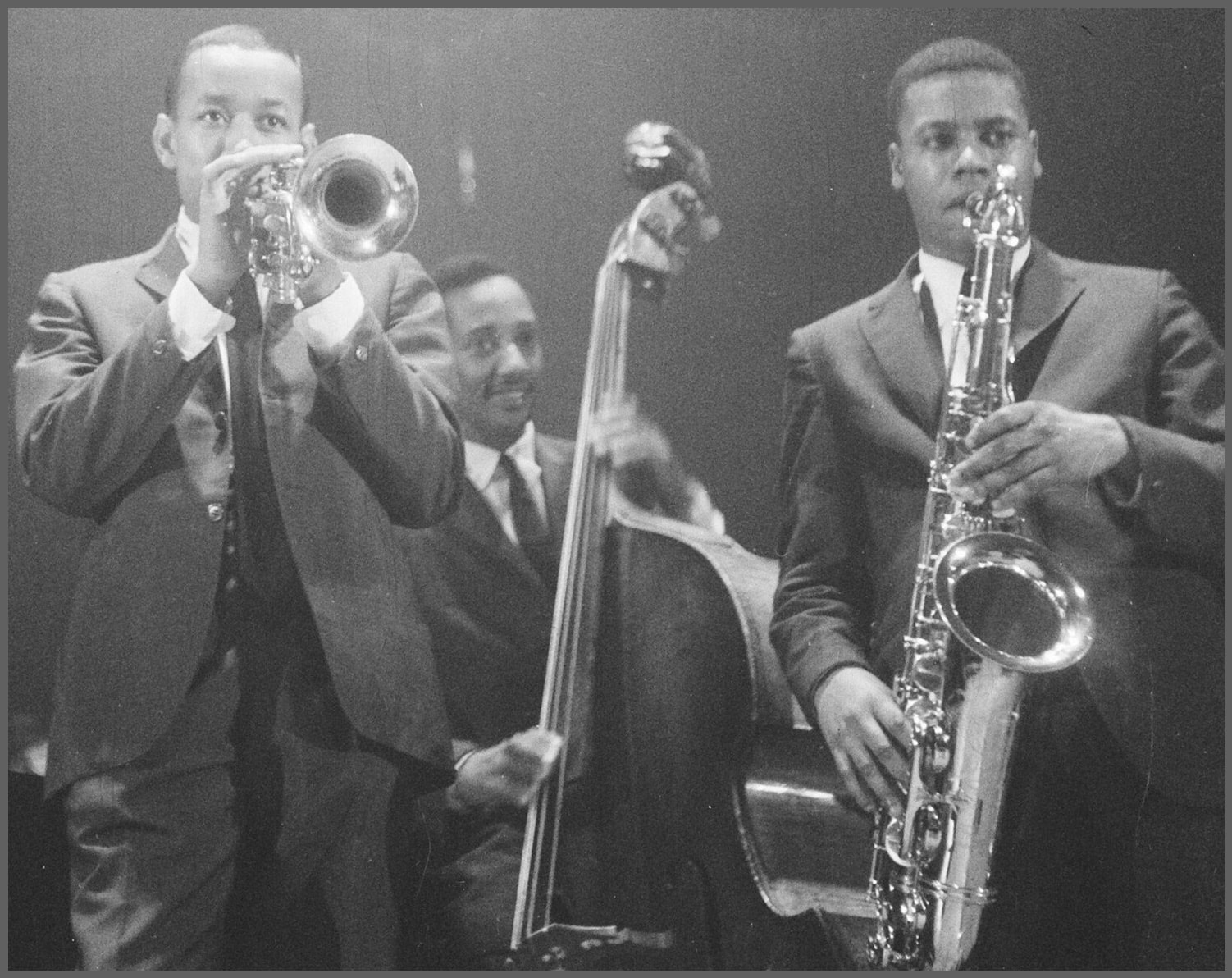
image source: Wikimedia Commons
Like many artistic movements, you can characterize the different eras of jazz as a series of reactions to previous or contemporary eras. Hard Bop is no different!
Hard Bop emerged primarily on the East Coast in the mid-1950s. Its grittier, emotionally rich, powerful sound and relatively simple harmonies (compared to Bebop and Cool Jazz) challenged the smoother and more academic-sounding Cool Jazz movement.
R&B music was becoming more popular with general audiences in the mid-fifties. Hard bop musicians like Art Blakey, Horace Silver, and Miles Davis capitalized on this trend by blending Bebop with Rhythm and Blues, Gospel, and African American Blues elements.
Hard Bop was heavier, more driving, and more soulful than Cool Jazz and Bebop. It felt closer to the communities, churches, and working-class Black experience than Cool Jazz’s classically inspired, whimsical nature.
By the mid-to-late 1950s, Hard Bop had become the dominant small-group jazz style, and jazz artists like Horace Silver, Art Blakey, Thelonius Monk, Charles Mingus, Miles Davis, Clifford Brown, Johnny Griffin, Sonny Rollins, John Coltrane, and Hank Mobley led the way.
Hard Bop and Its Connection to Civil Rights and Black Identity
Hard Bop was more than just a musical movement—it was deeply intertwined with African American identity and the Civil Rights Movement of the 1950s and 1960s.
Many Hard Bop musicians, including Max Roach, Sonny Rollins, and John Coltrane, became vocal supporters of racial equality, incorporating themes of Black pride and struggle into their compositions.
Albums like We Insist! (Max Roach’s Freedom Now Suite) explicitly addressed civil rights issues, while compositions such as Horace Silver’s “The Preacher” and Art Blakey’s “Moanin’” drew from gospel traditions, reflecting the cultural roots and experiences of African American communities.
Key Jazz Musicians and Groups in Hard Bop
But who were the key figures that helped develop this genre?
Hard Bop was shaped by a network of mostly East Coast musicians who expanded on the foundations of Bebop while integrating blues, gospel, and rhythm & blues influences into their compositions and playing.
Here are some key Hard Bop jazz musicians and bands! Remember that many of the musicians listed here as contributors to Hard Bop were important in other eras of jazz.
1. Art Blakey and the Jazz Messengers
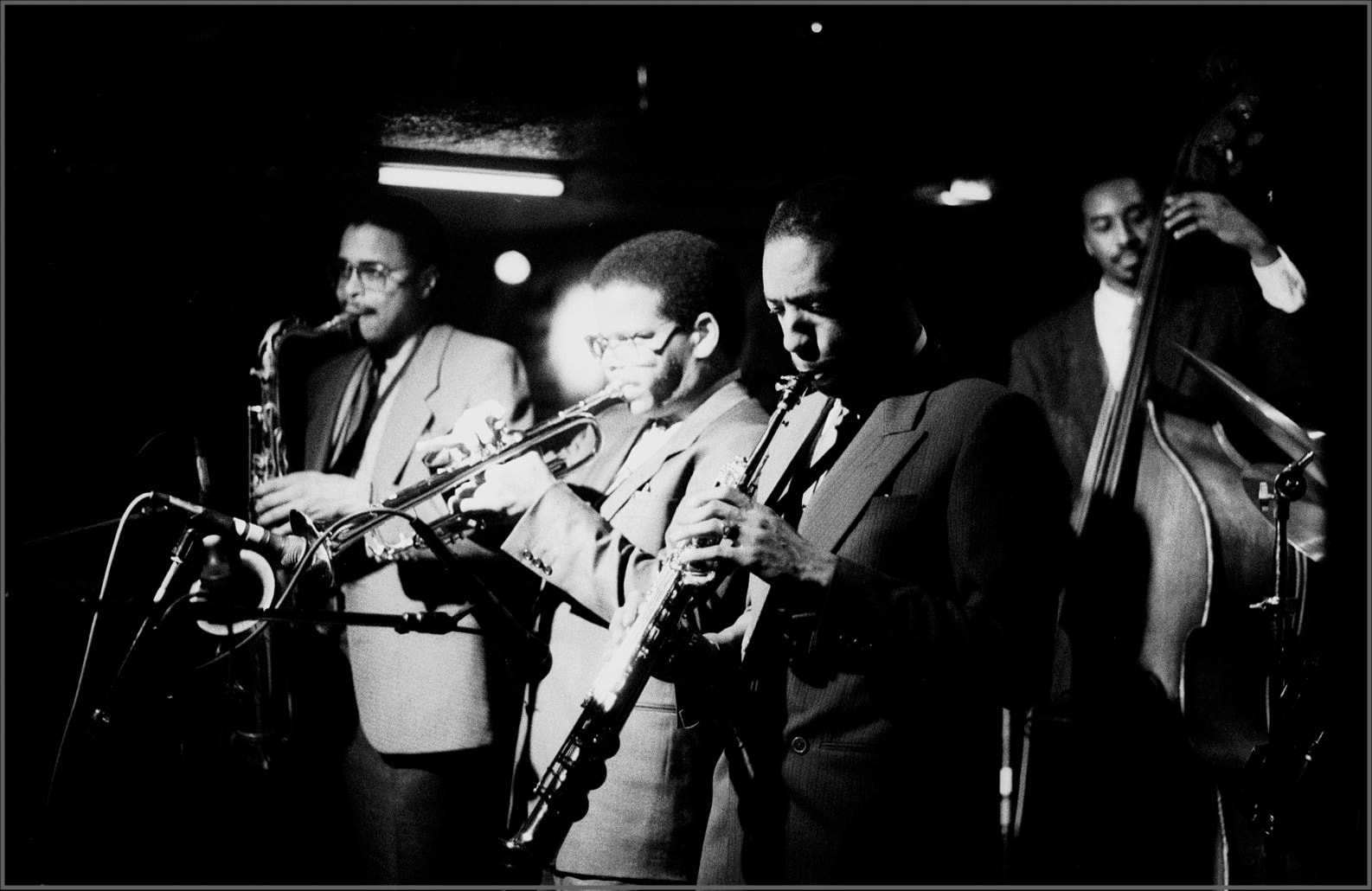
image source: Wikimedia Commons
One jazz band that wholly embodied Hard Bop was Art Blakey and the Jazz Messengers. Drummer Art Blakey and pianist Horace Silver co-founded the Messengers in the early fifties.
Art Blakey was known for his explosive, propulsive playing, and Horace Silver for his bluesy, soulful piano style. Horace Silver would leave the group early on, leaving Blakey to lead the Messengers for over three decades.
After Silver’s departure, Blakey continued to refine the group’s identity. Many incredible young jazz musicians started their careers as Jazz Messengers, including Wayne Shorter, Lee Morgan, Benny Golson, Freddie Hubbard, and Wynton Marsalis.
Check out an iconic Jazz Messengers recording, “Moanin’,” from 1958. The album Moanin’ was recorded long after Horace Silver left the band. Bobby Timmons, the piano player on this album, composed the tune “Moanin’.”
It’s a perfect example of a Hard Bop tune with its simple harmony, infectious melody, and bluesy sound.
2. Horace Silver
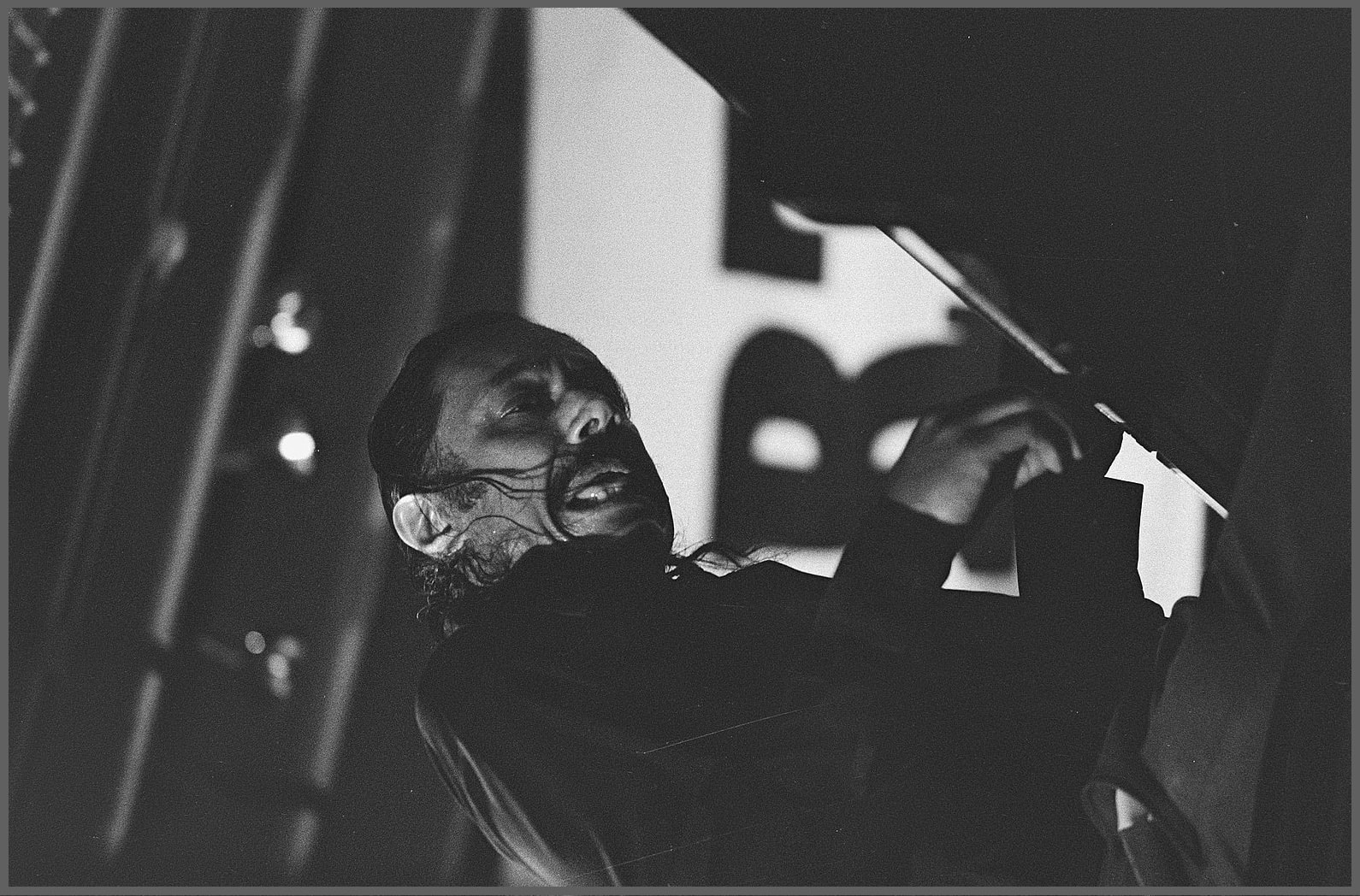
image source: Wikimedia Commons
Horace Silver helped propagate the Hard Bop style by playing and composing tunes that dripped with soul, gospel, and blues influences. Though he started as a Bebop player, he transformed his playing, prioritizing strong and catchy melodies over complex harmonies and speed.
Albums like 1956’s Six Pieces of Silver and 1964’s Song for My Father feature some of his most influential compositions, including “The Preacher” and the title track from Song for My Father.
Here is “Song For My Father:”
Learn more about Horace Silver by checking out the 50 Best Jazz Pianists of All Time.
3. Miles Davis
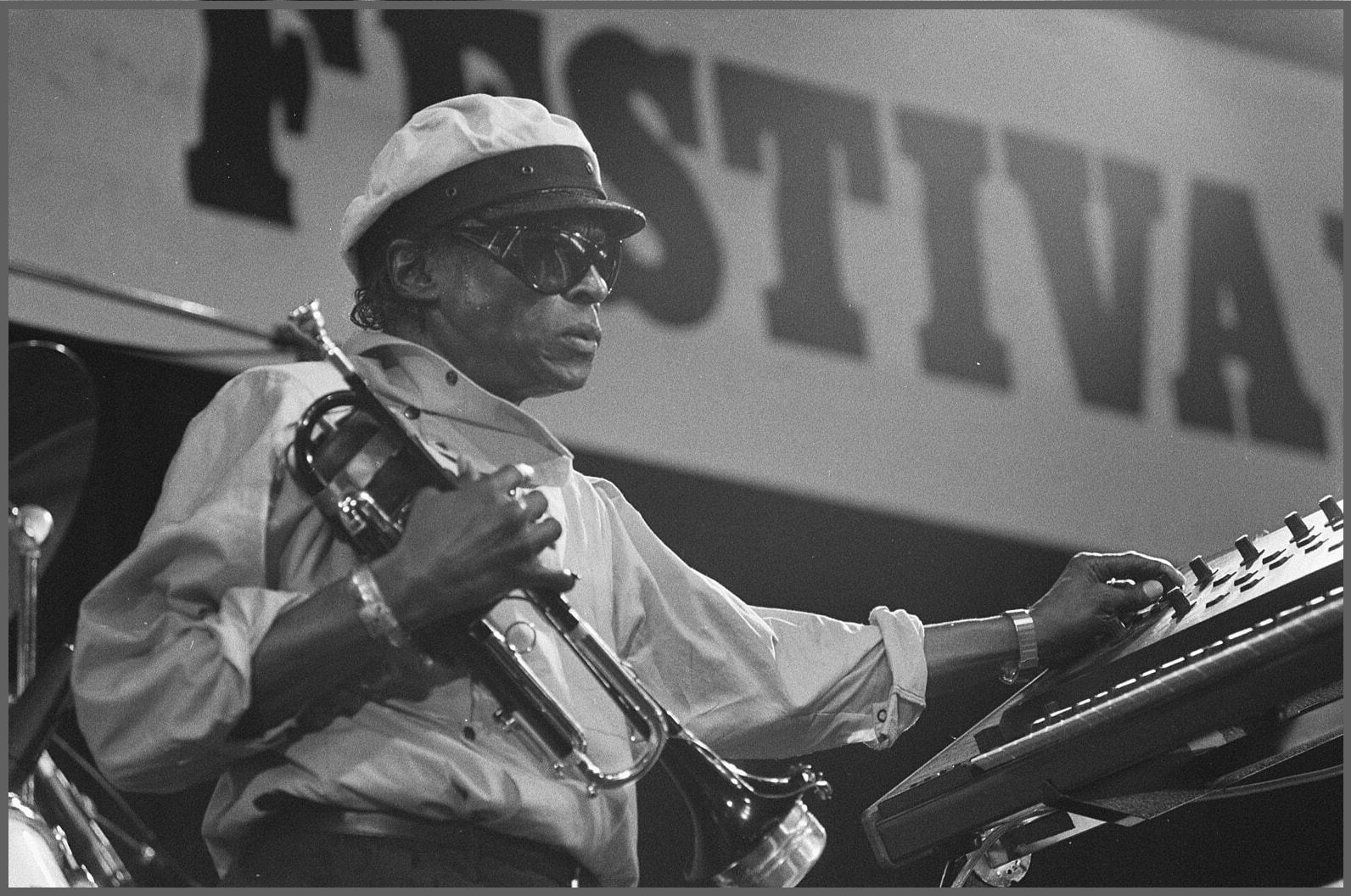
image source: Wikimedia Commons
Miles Davis is a bit of a genre enigma. He started his career in the Bebop Era and had his fingers in nearly every jazz movement that came after. His contributions to Hard Bop are significant.
Davis’s 1957 album Walkin’ is considered one of the pioneering Hard Bop albums. Credited to the Miles Davis All-Stars, this group contained members from both the Miles Davis All-Star Sextet and what would become the Miles Davis Quintet (the first great quintet).
The title track, “Walkin,” is a perfect example of a hard bop tune, with a bluesy, soulful melody and an emphasis on groove.
4. Clifford Brown and Max Roach Quintet
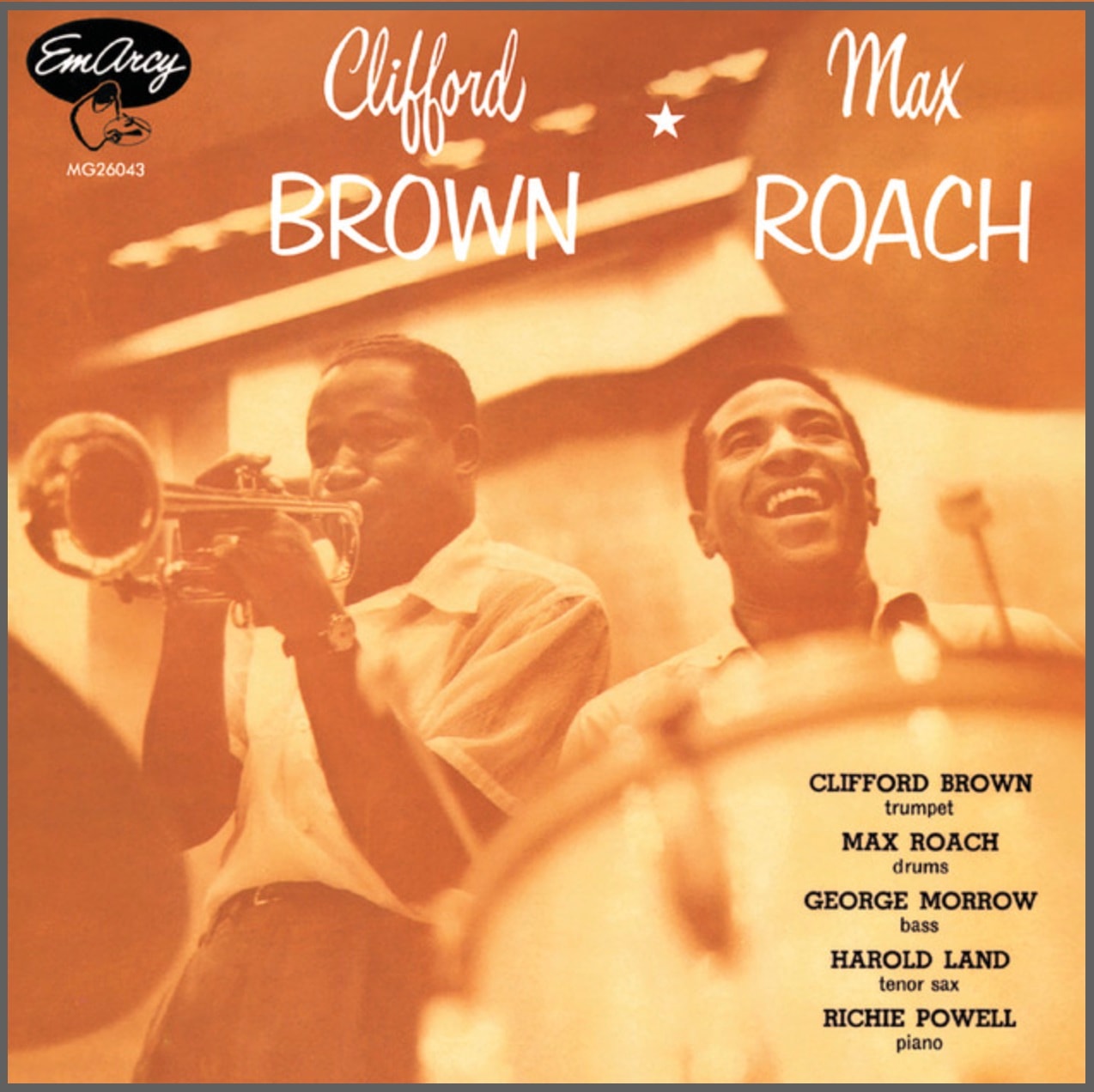
image source: Wikimedia Commons
Clifford Brown was one of the brightest trumpet talents in jazz before his tragic death in a car accident at just 25 years old. Brown and Max Roach co-led one of the definitive Hard Bop groups of the 1950s—the Brown Roach Quintet.
Their 1955 album Clifford Brown and Max Roach is considered one of the first fully realized Hard Bop sessions. It retained some of the trappings of classic Bebop with dizzying solos and complex harmonies but with a bluesy, grooving aesthetic.
Check out the tune Jordu from this classic album:
5. Sonny Rollins
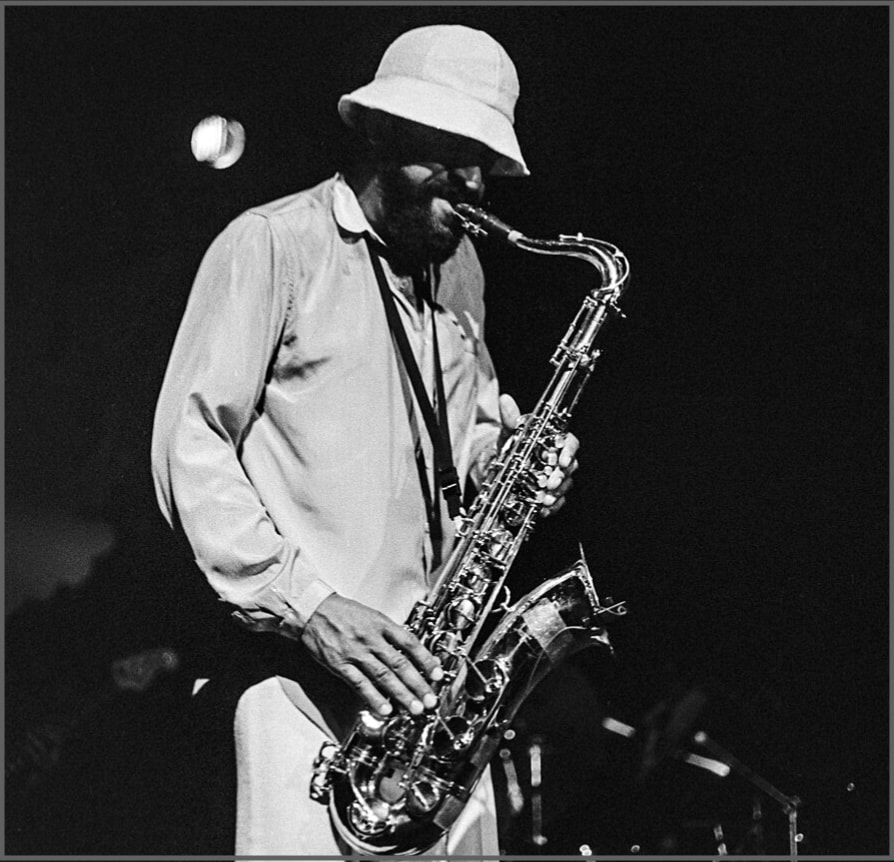
image source: Wikimedia Commons
Sonny Rollins is a jazz icon and a defining figure in Hard Bop. He is known for his thematic improvisation, robust tone, and rhythmic genius. In the early 1950s, he first made a name for himself by playing and recording with Miles Davis, Charlie Parker, and Thelonius Monk.
He joined the Clifford Brown and Max Roach Quintet in 1955 and kept performing and recording with Roach after the accident that killed Clifford Brown and group pianist Richie Powell.
His most famous album and most notable contribution to Hard Bop was Saxophone Colossus, released in 1956. This album had many Hard Bop classics, including “St. Thomas,” a calypso-inflected tune, “Blue 7,” a classic blues, and “Strode Rode”.
Here is “Blue 7” off of Saxophone Colossus:
BEFORE YOU CONTINUE...
If you struggle to learn jazz standards by ear, memorize them, and not get lost in the song form, then our free guide will completely change the way you learn tunes forever.
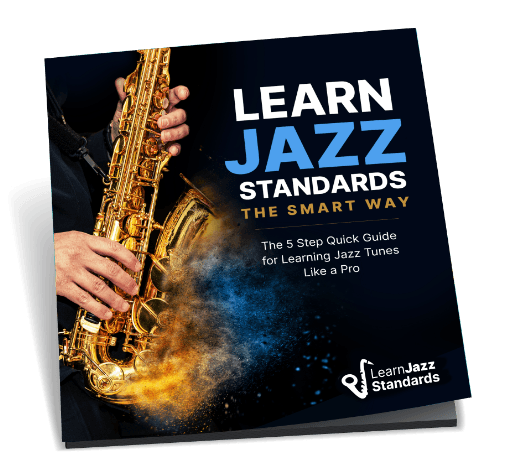
6. John Coltrane
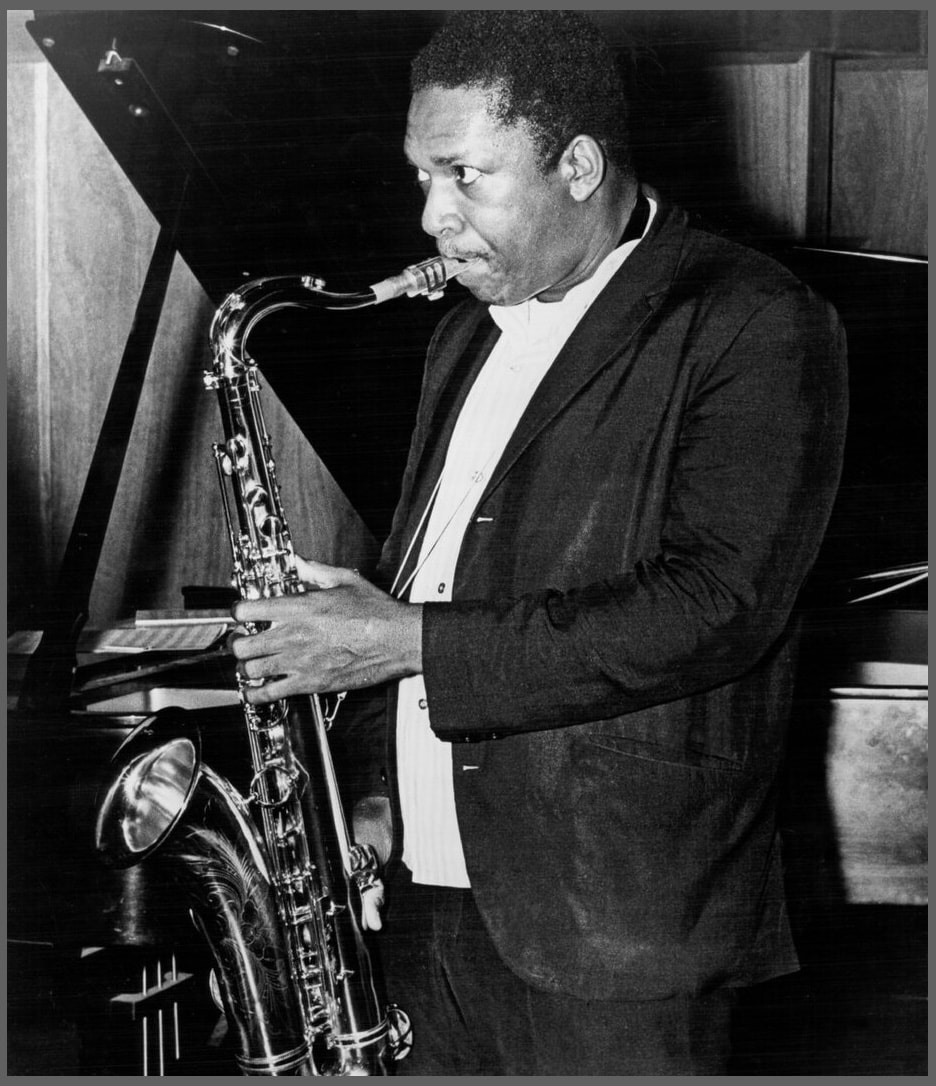
image source: Wikimedia Commons
John Coltrane is often associated with modal and avant-garde jazz, but his career started in the Bebop and Hard Bop eras.
His classic Hard Bop album Blue Train, released in 1958, is one of the most celebrated Hard Bop albums. It features a hard-driving rhythm section consisting of “Philly” Joe Jones on drums, Paul Chambers on bass, Kenny Drew on piano, Curtis Fuller on Trombone, and Lee Morgan on Trumpet.
During this period, Coltrane played in Miles Davis’s first great quintet, developing the sheets of sound approach that would later define his modal and free jazz work.
Check out the title track from his album Blue Train:
Learn more about Sonny Rollins and John Coltrane by checking out 50 Famous Saxophone Players.
7. Lee Morgan
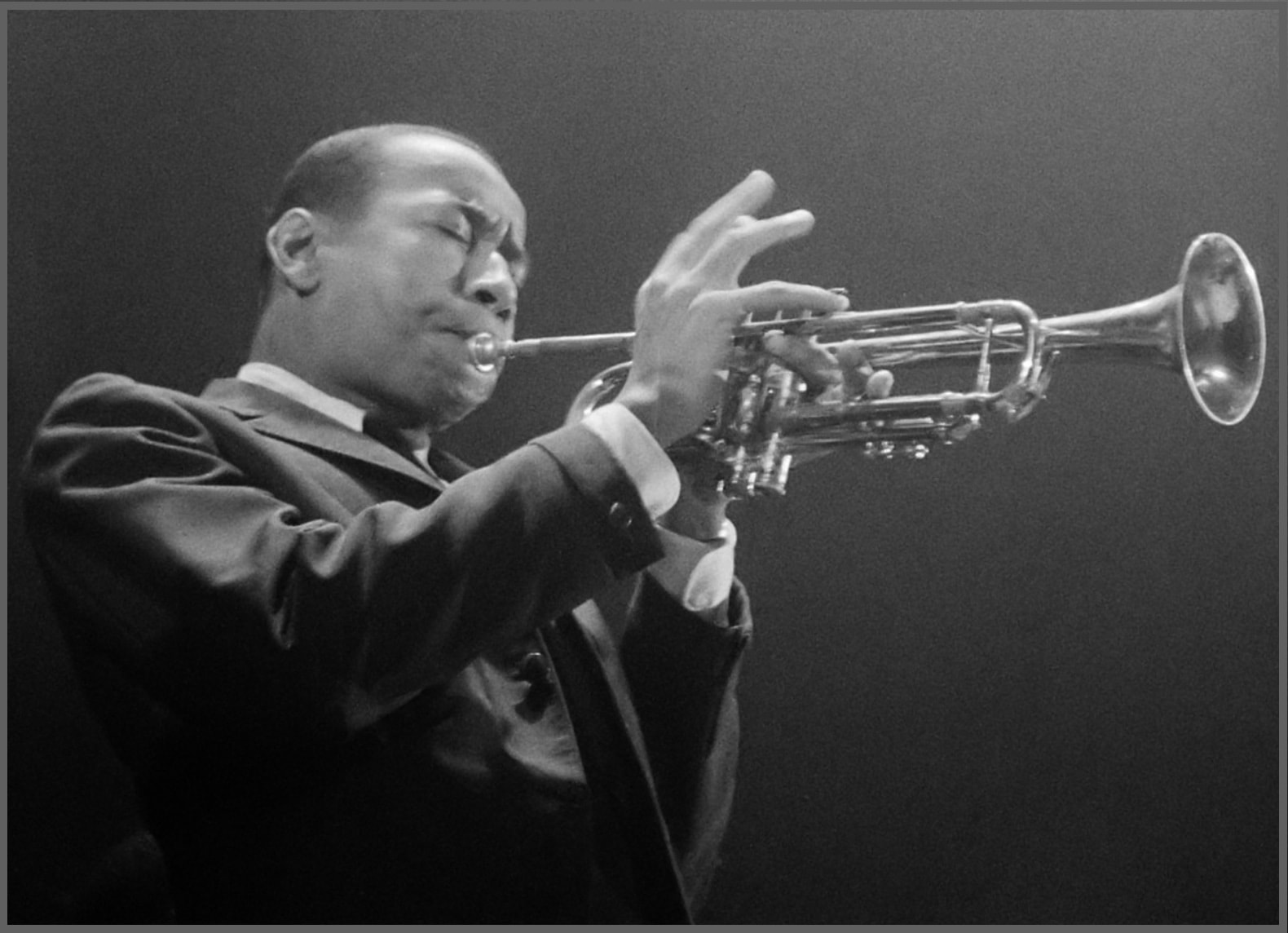
image source: Wikimedia Commons
That blazing trumpet solo on Coltrane’s “Blue Train” was the work of jazz legend Lee Morgan. Lee Morgan gained fame as a young prodigy playing with Art Blakey’s Jazz Messengers before becoming a band leader in his own right.
His 1964 album The Sidewinder was a massive crossover success and became Blue Note Records’ most successful album release. The title track features an infectious groove that helped bridge the gap between Hard Bop and Soul Jazz, a successor to Hard Bop.
Here is Lee Morgan’s title track off of the album The Sidewinder:
8. Hank Mobley
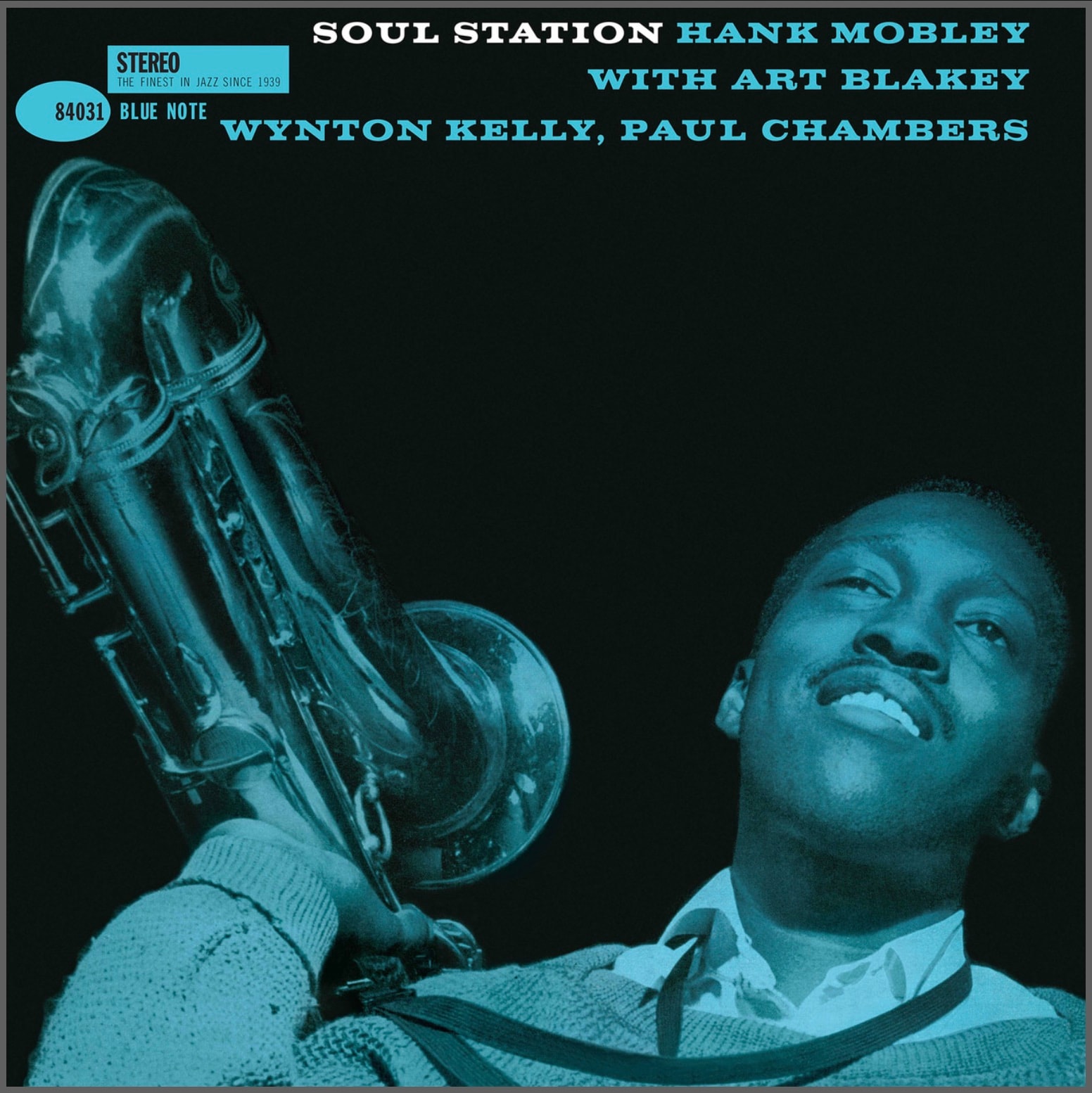
image source: Wikipedia
Hank Mobley was one of Hard Bop’s most consistent and expressive hard bop saxophonists. Though he doesn’t get as much recognition as John Coltrane or Sonny Rollins, he is still a saxophone powerhouse in his own right.
He got his break subbing in Duke Ellington’s Orchestra in the 1950s and was an early Jazz Messenger, working with Horace Silver and Art Blakey. He also worked with drummer Max Roach during this period.
His 1960 album Soul Station, released by Blue Note Records, is a model Hard Bop recording that showcases his melodic, blues-infused playing.
Here is the title track from Hank Mobley’s Soul Station:
9. Freddie Hubbard
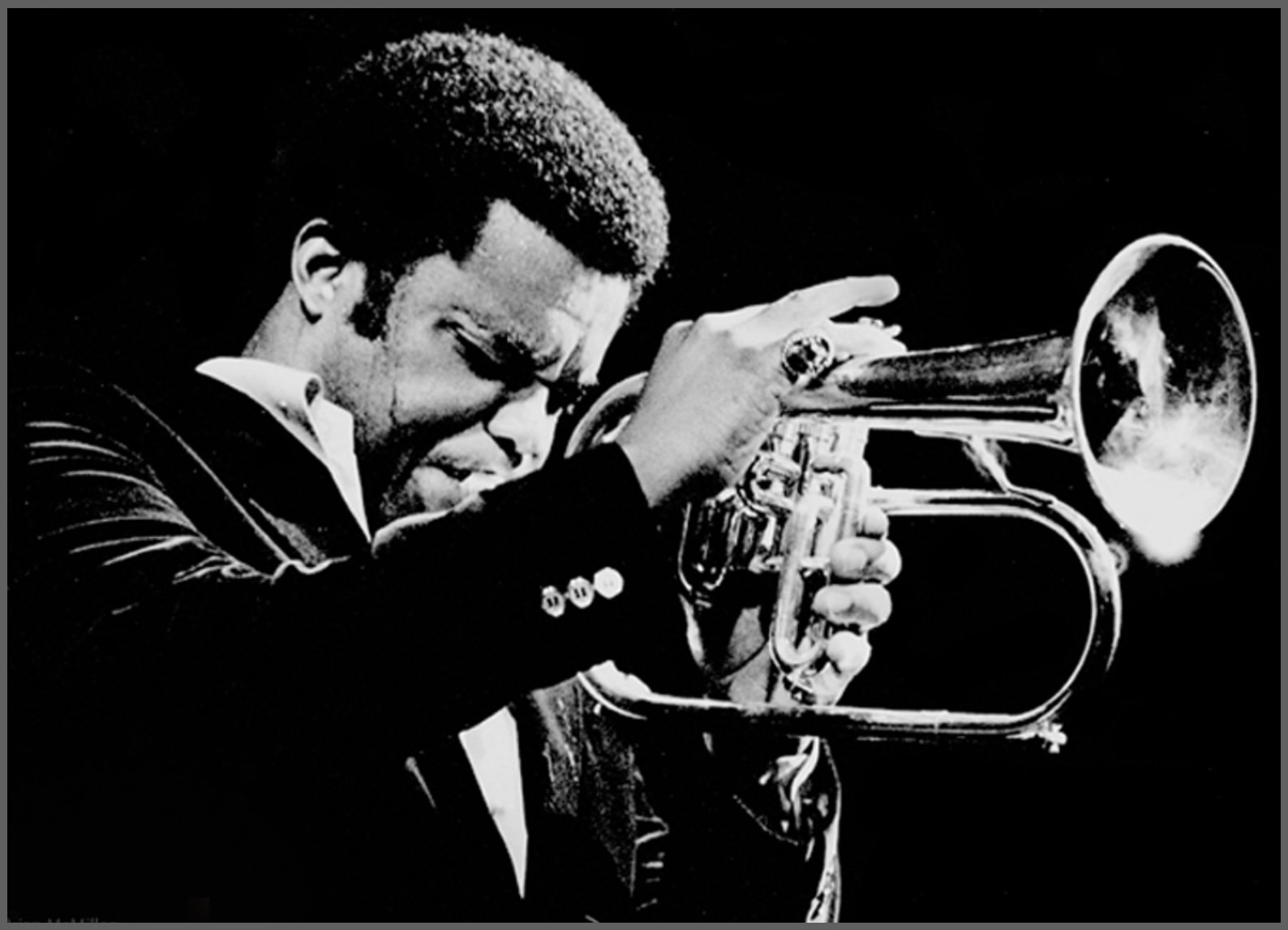
image source: Wikimedia Commons
Freddie Hubbard was a bridge between Hard Bop and Post-Bop. He was known for his fiery improvisations and powerful tone. His 1961 album Ready for Freddie is a prime example of Hard Bop’s evolution into more adventurous harmonic territory.
Hubbard played on foundational Hard Bop recordings with Art Blakey, Wayne Shorter, Sonny Rollins, and John Coltrane, helping to advance the style into the 1960s.
Here is the track “Arietis” from the album Ready For Freddie. It’s a great example of Hard Bop’s evolution into the 1960s.
10. Joe Henderson
Joe Henderson emerged from the Hard Bop scene, but his career extended into Modal Jazz, Post-Bop, and even Avant-Garde Jazz. His early work with Horace Silver, including the classic “Song for My Father” (1965), reflects strong Hard Bop elements.
His 1963 debut album, Page One, is considered a must-hear Hard Bop record. By the late 1960s, he moved towards Modal and Post-Bop styles, collaborating with artists like McCoy Tyner and leading sessions that pushed beyond traditional Hard Bop structures.
Here is “Recorda Me” from Joe Henderson’s Hard Bop album Page One:
(11. McCoy Tyner… Jazz In Transition)
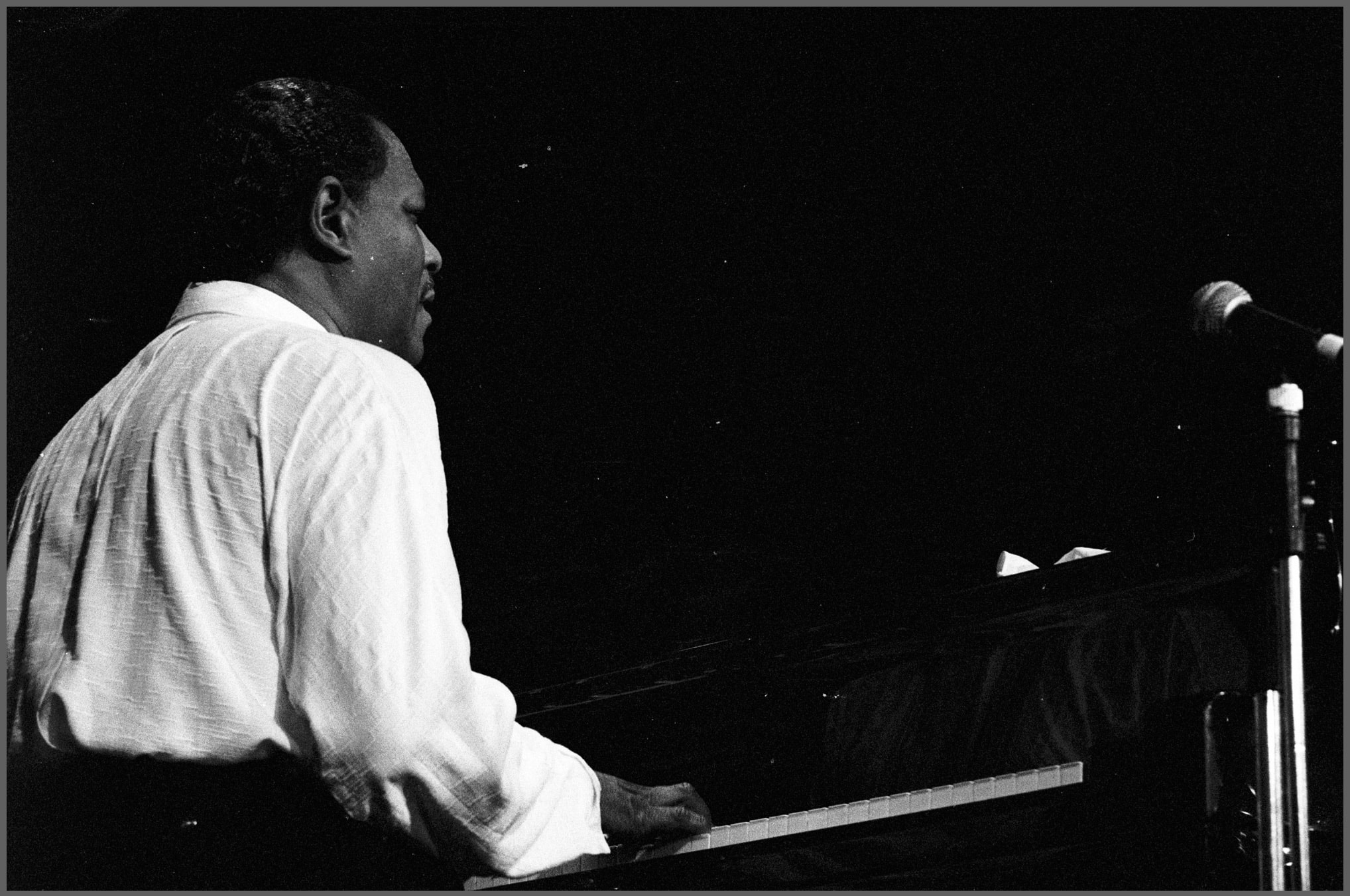
image source: Wikimedia Commons
McCoy Tyner got his start playing with Hard Bop heavyweights like John Coltrane, Elvin Jones, Benny Golson, and Art Farmer. He was a sideman for many Hard Bop musicians through the late 1950s and early 1960s.
By the time he became a name in his own right, Hard Bop had branched into various offshoots. Though rooted in Hard Bop, Tyner is most known as a Post-Bop player. His album The Real McCoy showcases his metamorphosis from Hard Bop player to Post Bop player.
It’s fitting to end the list with McCoy Tyner because his career is an excellent example of how jazz musicians evolve and grow, bringing along the aspects of jazz they cared for most as they progress.
Listen to “Passion Dance” off of The Real McCoy. It’s a perfect example of Hard Bop’s evolution into Post Bop.
Hard Bop’s Lasting Impact
By the mid-1950s, Hard Bop had firmly established itself as the dominant small-group jazz style. It was more than just a musical evolution; it was a cultural response to the shifting landscape of jazz and American society.
Hard Bop’s place in jazz history can be understood through its relationship to its predecessors, its role as a bridge to later developments, and its deep cultural resonance. Hard Bop chronologically separated Bebop from later subgenres of jazz, making it an important stepping stone.
By the early 1960s, Hard Bop had evolved into more complex styles like Post-Bop, Soul Jazz, and early Fusion, but its core elements remained fundamental to modern jazz.
15 Essential Hard Bop Albums
Listening to the albums that define the Hard Bop movement is crucial to fully understanding and appreciating the genre and its place in jazz history!
Below is a selection of 15 essential Hard Bop albums. We’ve mentioned some of them already in the list of key players, but I’ve linked to full album playthroughs below.
1. Miles Davis – Walkin’ (1957)
2. Clifford Brown & Max Roach – Clifford Brown and Max Roach (1954)
3. Art Blakey and the Jazz Messengers – Moanin’ (1958)
4. Horace Silver – Song for My Father (1965)
5. John Coltrane – Blue Train (1958)
6. Hank Mobley – Soul Station (1960)
7. Lee Morgan – The Sidewinder (1964)
8. Sonny Rollins – Saxophone Colossus (1957)
9. The Jazz Messengers – At the Café Bohemia, Vol. 1 & 2 (1956)
10. Horace Silver and the Jazz Messengers – Horace Silver and the Jazz Messengers (1956)
11. Freddie Hubbard – Ready for Freddie (1962)
12. Wayne Shorter – Speak No Evil (1966)
13. Cannonball Adderley – Somethin’ Else (1958)
14. Donald Byrd – Byrd in Hand (1959)
15. Jackie McLean – Bluesnik (1962)
Check out this article to check out the 30 best jazz albums of all time!
Take Your Jazz Playing to the Next Level—Join The Learn Jazz Standards Inner Circle!
If you want to seriously improve your jazz chops and musicianship skills, check out the Learn Jazz Standards Inner Circle. The Inner Circle helps players like you overcome practice roadblocks and become the best musician you can be!
Improve in 30 Days or Less. Join the Inner Circle.


